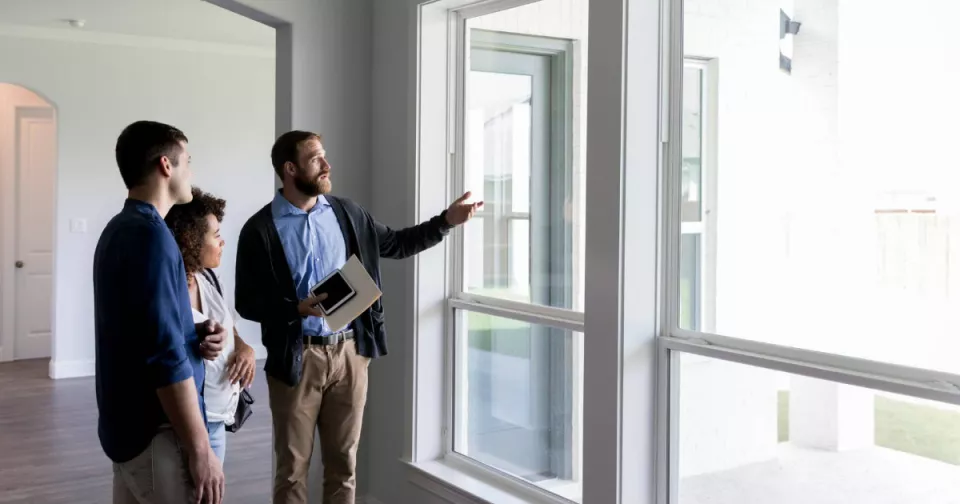
Have you saved capital amounting to around € 250,000 and are you wondering which property to choose for your real-estate investment ?
You’ve decided: you are ready to buy a property suitable for letting because it represents an attractive investment in terms of:
- asset diversification ;
- price and rent stability ;
- safe haven against inflation (indexed rents) ;
- limited capital (thanks to bank leverage) ;
- record low interest rates ;
- attractive returns (gross, net or on capital).
But this is not your sector? BuyerSide can assist you throughout the purchase process so that your acquisition is successful, starting with establishing your search criteria.
This is your sector? That’s true for many of our clients, too! BuyerSide sources and gives you access to many off-market properties.
Choosing the right type of property
Apartment(s) or building suitable for letting ?
Investing in one or several apartments is good. Investing in a building suitable for letting is even better. When you have sufficient capital, a building suitable for letting has the following advantages:
- The value of a building suitable for letting cannot always be assessed by adding up the value of the apartments it contains. Buying a whole building may lead to a certain discount on the price. This means that later on, the building can be sold on unit by unit, hopeful resulting in a gain;
- A building suitable for letting can be acquired without competition from owner occupiers looking to buy an apartment to live in. Owner occupiers usually make higher offers as they do not take into account a return on investment;
- You are in sole charge, which means that you can decide for yourself on useful costs, which will improve your rent and return, without being dependent on decisions taken by general meetings of joint owners;
- You will not have any building management agency costs and your estimates for work and charges will usually be better negotiated by a landlord;
- A single advance property tax for the whole building will logically be lower than if each apartment had its own advance property tax (as long as there is no basic deed in force). This improves the net return.
Note, however, that buildings suitable for letting also have disadvantages, although not as many :
- The fact that there is no building management agency also means more management by the owner (technical work, billing charges, estimates, etc.). If you don’t have the time or you don’t want to manage your building yourself, you can delegate this task to a company that specialises in rental management. This service usually represents a cost equivalent to around 8% of the rental income, excluding VAT.
Should you invest in existing or new buildings?
Both have advantages and disadvantages, but most of the time investors prefer older buildings for the following reasons:
- 21% VAT usually brings investors’ anticipated return down below their expectations. It represents an increase of 8.5% in the purchase price ‘deed in hand’, which has a significant impact on the return.
Give preference to recent buildings, i.e. those that have been occupied for at least two years (as of the year following that of the first occupation). These are sold under the registration duties system rather than the VAT system;
- Although the layout of new apartments is often better, the spaces are usually smaller, especially the second or third bedrooms (the minimum under the RRU - regional planning regulations - often applied by property developers, is 9m2).
Give preference to older, larger buildings with renovation potential (living room next to the kitchen so as to be able to create an open-plan kitchen, install an en-suite bathroom for the bedroom, a walk-in wardrobe, etc.)
- Although in favour in terms of energy, the materials used in new projects are sometimes less long-lasting than those found in period buildings (example of roughcast on insulation that turns green). A new building always takes a year or two to settle. Cracks and teething problems may appear during this period.
Give preference to older, sound buildings, but which have been renovated and have undergone major insulation work.
In our next article, read about the anticipated returns for various types of properties (size of apartments, furnished versus unfurnished, locations, etc.). Each property type has a type of buyer, with the risk and effort involved always depending on the anticipated return.
